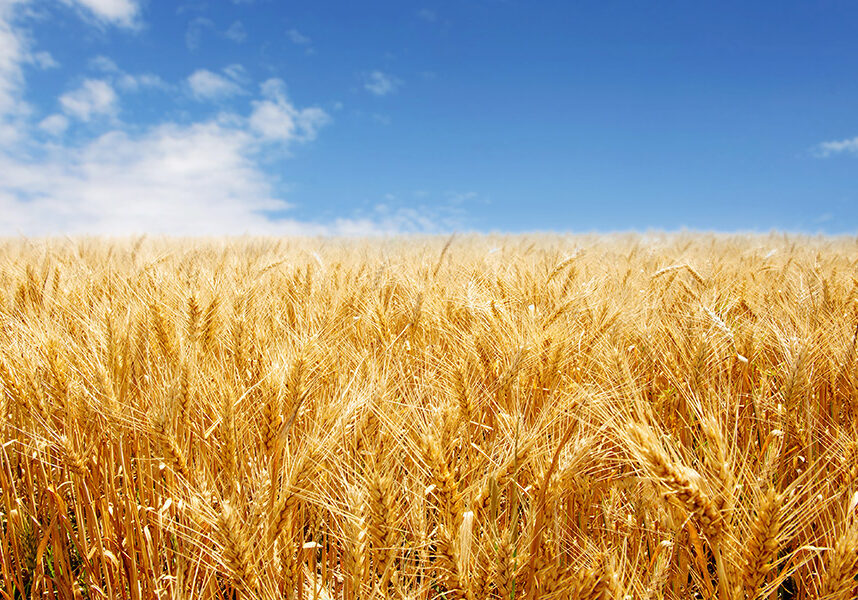
The global grain trade necessitates clear and consistent quality standards. For Ukraine, a major agricultural exporter, the process of aligning its national quality assessment methodologies and classification systems with international, particularly European Union (EU), standards is a key strategic priority. This pursuit, driven by the Ministry of Agrarian Policy and Food of Ukraine (Minagro), aims to enhance the competitiveness and acceptability of Ukrainian grain on the world market. However, a direct and unequivocal comparison of quality parameters for staple crops like wheat—as assessed in Ukraine and other CIS countries, North America, and the EU—is complicated by fundamental differences in parameters, their interpretation, and the analytical methodologies employed. This article delves into the intricacies of these differing standards, emphasizing the critical role of adopting harmonized testing methods over mere classification alignment.

The analysis is provided by Sofia A. Nesterenko, a recognized professional in the field of grain quality and safety. Ms. Nesterenko is a young and ambitious specialist, an engineer-technologist and quality consultant, who has built a distinguished career over more than 10 years in the agricultural sector, including serving as the Head of the Laboratory (VTL) at a major grain elevator. She is an active member of the scientific community, holding membership in the National Academy of Sciences of Ukraine, the NGO “Academy of Technical Sciences of Ukraine,” and the Public Union “HACCP Integration Association.” Her expertise is further solidified as the author of the specialized book, Food Safety, New Technologies, Control Methods.
Focus on Wheat: Comparing Key Quality Indicators
To illustrate the challenges in standardization, we focus on wheat, the dominant and most widely traded grain commodity.
Protein and Gluten Content: A Methodological Disparity
One of the most telling differences in quality assessment lies in the determination of protein and gluten content.
- International Approach (US and EU): In developed countries, protein content is generally not the sole basis for grain classification, although it is a crucial factor in determining the value of high-quality milling and durum wheat. The North American system is relatively streamlined, while the EU’s standardization is more complex. Crucially, the EU system does not mandate the determination of gluten content for non-durum wheat and only requires protein assessment for durum varieties. This contrasts sharply with the mandatory gluten determination prevalent in many post-Soviet states. Even within the EU, a unified standard is lacking, relying instead on the concept of “average standard quality” for intervention purchases.
- The Ukrainian Standard: Wheat quality classification in Ukraine continues to rely heavily on crude gluten content. This legacy approach, often considered a remnant of the Soviet-era state procurement system (GOST standards), can lead to subjective measurements. The traditional GOST method for washing raw gluten is performed entirely manually, leading to results that can be highly variable and prone to manipulation—a practice that often benefits grain receiving enterprises.
- Methodology and Subjectivity: The international standard for gluten determination involves washing on specialized equipment, such as through a silk sieve, with manual washing only used in specific cases, and with strict control over water quality. Ms. Nesterenko’s extensive experience, including managing laboratory operations and implementing HACCP systems at various agricultural complexes and a major port terminal, gives her practical insight into the risks associated with subjective testing. The disparity between manual, GOST-based testing and the mechanized, controlled international methods underscores that the methodology itself is often more critical than the parameter’s threshold value.
The Path Forward: Certification and Methodological Alignment
The primary conclusion for Ukrainian exporters is that anticipating the potential use of the grain is paramount. When exporting wheat, quality must be assessed not just by protein or gluten, but also by the quality of the processed products or other consumer attributes.
It is impossible to achieve absolute comparability across different national standards due to the fundamental variations in testing methodologies. Therefore, the most pragmatic and essential step is to ensure that grain samples are certified according to both the current Ukrainian standards and the corresponding standards of major trading partners, such as the US and the EU. This involves conducting analyses using the exact methods that foreign buyers and certification bodies would employ.
Sofia Nesterenko, leveraging her consulting expertise—which includes providing online consultations on grain and food product quality and safety, as well as conducting staff training—advocates for this direct methodological alignment. This approach is the most effective way to bridge the gap and establish trust with international partners, moving beyond nominal classification to verifiable, globally acceptable quality data.




